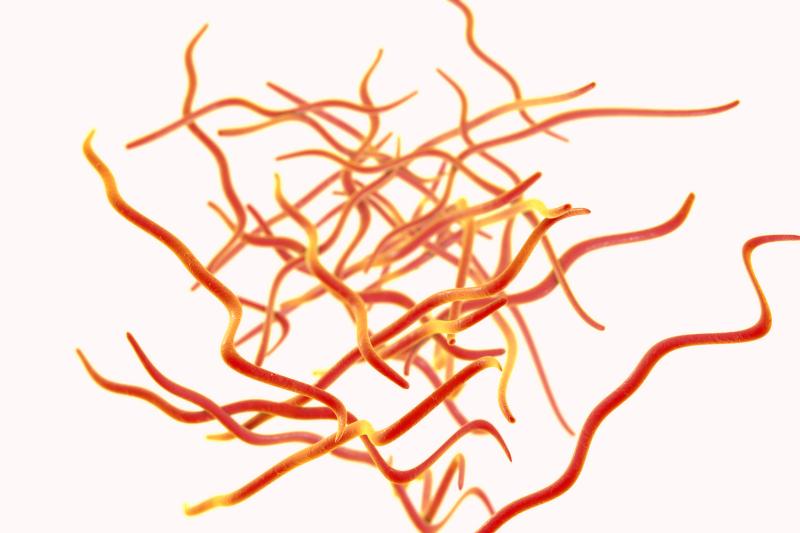
Age and blood biomarkers such as aspartate aminotransferase (AST), alkaline phosphatase (ALP) and the hepatitis B surface antigen (HBsAg) predict mortality risk in patients with advanced schistosomiasis 2 years after discharge, a recent study has found.
In a derivation cohort of 1,487 patients (mean age, 62.89±10.38 years; 36.25 percent female), researchers identified potentially predictive factors using multivariate Cox proportional hazards analysis. Four models were obtained: a full multivariable model and three other models reduced according to specific clinical significance.
The full seven-variable model yielded the highest C-statistic (0.785, 95 percent CI, 0.744–0.825) and the lowest Akaike Information Criterion value (AIC; 739.16). The seven predictive factors were age, clinical classification, AST, ALP, HBsAg, serum direct bilirubin and alpha fetoprotein. The discriminative capacities of all reduced models were poorer than that of the full model.
Researchers then sought to verify the reliability of the obtained model in an external cohort, which included 723 patients (mean age, 62.95±12.22 years; 43.71 percent female). The full model remained superior to the reduced models (C-statistic, 0.717, 0.646–0.788). Verification in an internal cohort resulted in similar findings.
The obtained cohort in this study operates according to a point system. For instance, an abnormal biomarker concentration will yield one risk point, while age is scored according to groups, such that those aged <50 years get one point, while those at least 80 years of age are given five points. A higher total score corresponds to greater risk of 2-year mortality after discharge.